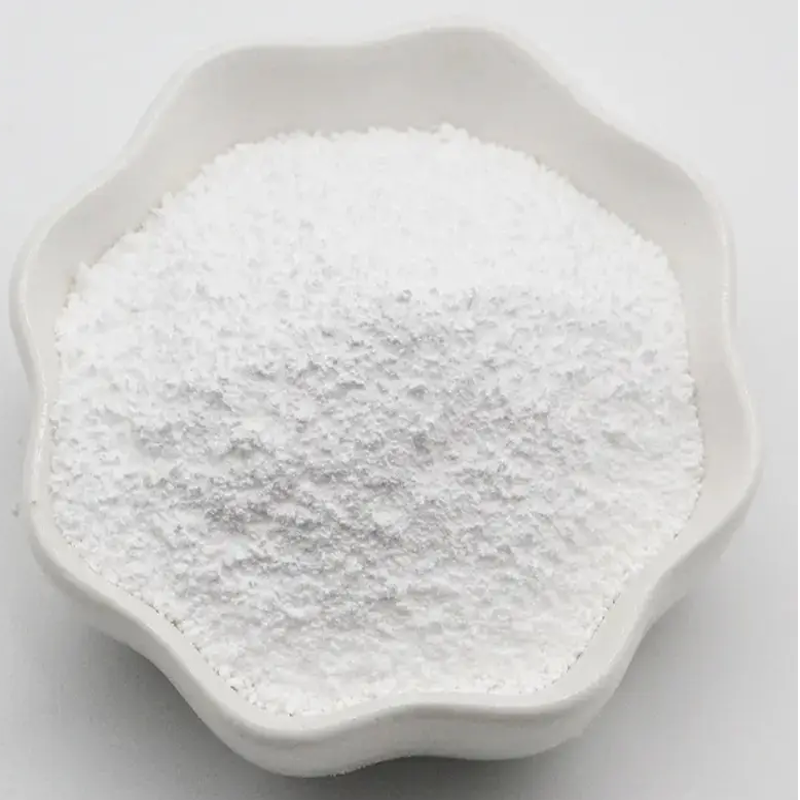-
Categories
-
Pharmaceutical Intermediates
-
Active Pharmaceutical Ingredients
-
Food Additives
- Industrial Coatings
- Agrochemicals
- Dyes and Pigments
- Surfactant
- Flavors and Fragrances
- Chemical Reagents
- Catalyst and Auxiliary
- Natural Products
- Inorganic Chemistry
-
Organic Chemistry
-
Biochemical Engineering
- Analytical Chemistry
- Cosmetic Ingredient
-
Pharmaceutical Intermediates
Promotion
ECHEMI Mall
Wholesale
Weekly Price
Exhibition
News
-
Trade Service
For submissions, please click on's Outside Information - Welcome to the.Ref: Bartek J Jr,et alActa Neurochir (Wien)2016 Jul; 158(7): 1259-67doi: 101007/s00701-016-2809-1Epub 2016 Apr 25."brain abscess is a severe neurosurgical disease with a high mortality and disability rateAbscess cavity pus suction combined with antibiotics is the standard treatment plan, one can be clearly diagnosed, the other can alleviate the occupaposition effectHowever, the overall prognosis of patients is poor and there is a risk of recurrenceAntibiotics do not necessarily reach the abscess site due to the low local pH and the blockage of the blood-brain barrier and the abscess wallIncreased oxygen tension with hyperbaric oxygen therapy (HBOT) may improve efficacyHBOT has been successfully reported in the treatment of severe acute soft tissue infections, subacute myelitis and hypoxic infection woundsHBOT is used to treat brain abscesses without evidence-based medical evidenceBartek J Jr, neurosurgery specialist at Karolinska University Hospital in Sweden, and others designed clinical trialstudies to evaluate HBOT's efficacy as an auxiliary treatment for patients with cerebral abscess, published in the April 2016Acta Neurochironlinestudy included 40 cases of adult cerebral abscesses that were surgically operated on at the medical center from January 2003 to May 2014Basic information about patients is measured, including the Charlson Comorbidities Index and the Glasgow Coma Rating (GCS) score after age correction at the time of admissionPatients followed for at least six months after treatmentThe long-term efficacy was assessed based on the ABS volume and Glasgow Prognostic Grading (GOS) score based on follow-up MRI or CTThe pressure of hyperbaric oxygen therapy is set at 2.5-2.8 bar (250-280 kpa);40 patients were divided into HBOT and non-HBOT groups, with 20 cases each, and 8 cases and 10 female patients, with an average age of 54 and 58 years, respectivelyThe median number of brain abscesses in both groups was 1, with an average volume of 10.4cm3and 12.8cm3, respectivelythere was no significant difference between theGCS score distribution scored between the two groups (Table 1)In the HBOT group, 17 patients had cerebral abscess removal and 3 had an abscess partial excision; In the non-HBOT group, 19 patients had abscess removal and 1 routine abscess was completely removed All patients received an empirical protocol of cephalosporine or cephalosporin combined with metrazine and adjusted antibiotics based on bacterial culture Table 1 Clinical basics of both groups of patients all patients were treated, the symptoms of brain abscessands and intracranial infection seisied After treatment, two patients in the HBOT group underwent re-surgery, while the hboT group of 9 underwent re-surgery (p.03) Of the 26 patients who did not receive HBOT treatment after the first surgery, 15 underwent new treatments due to one or more relapses, including 11 operations, 5 operations combined with HBOT and 1 single HBOT Of the 14 patients treated with HBOT after the first operation, only 2 relapsed (p 0.01) In the HBOT group, 16 patients received a good prognosis, while 9 in the non-HBOT group had a good prognosis, and the HBOT group was significantly better than the non-HBOT group (p.04) (Table 2, Figure 1) Table 2 The prognosis of the two groups of patients was compared Figure 1 Comparison of CT follow-up results during treatment in 1 patient 1 CT prompts the formation of brain abscess during admission to hospital; On the first day after the brain abscess puncture, CT shows the residual fluid in the abscess cavity; On the 15th day of brain abscess puncture, ct review showed satisfactory lesions control; On the 23rd day after the cerebral abscess puncture, CT showed recurrence and increase of lesions; After 14 days of treatment with HBOT, the 38th day after the cerebral abscess puncture, CT showed a significant reduction in lesions; On the 98th day after the brain abscess puncture, the lesions almost completely disappeared , HBOT as a safe and tolerable treatment, can reduce the rate of resurgery of brain abscess and improve the patient's long-term prognosis At the same time, the authors suggest further prospective studies to confirm this Wang Yongjie, of the Second Hospital affiliated with Zhejiang University in (
, compiled , and a review of the by Dr Zheng Feng
of the Faculty of Medicine of Cologne University in Germany, the editor-in-chief of "Outside the God Information" and the Ofashan Hospital affiliated with Fudan University, Professor Chen Chengcheng )







